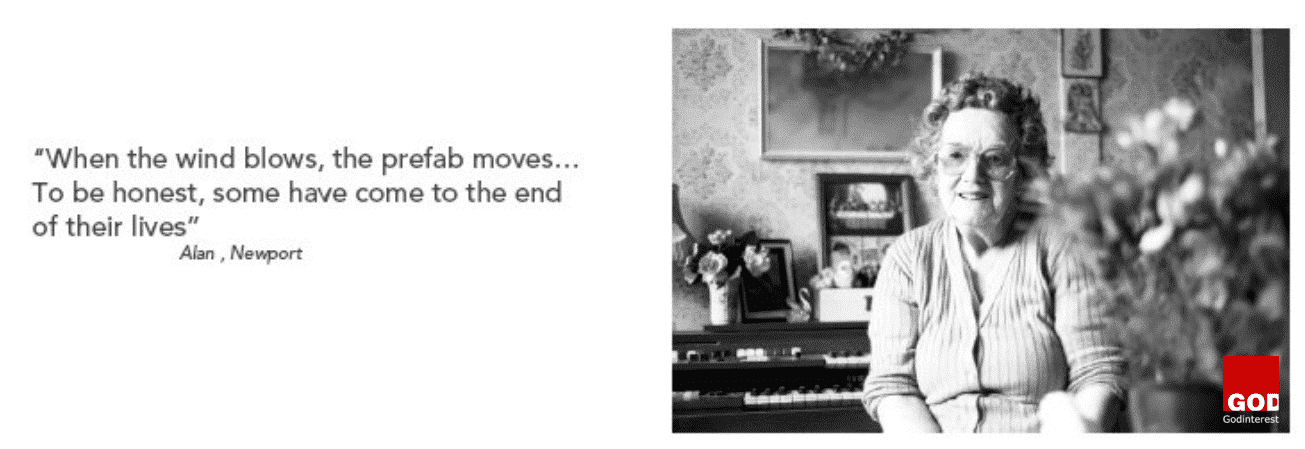Compared to people in other industrialized nations, Americans work longer hours, take fewer vacation days, and retire later in life. Busyness, once seen as the curse of the disadvantaged, has become equated with status and importance. Our work increasingly defines who we are.
“Godly rest (distinct from play, relaxation, or sleep) is inextricably tied to our identity as children of God.”
The solution perhaps is to be “Lazy Intelligent”? That sounds like something an unsuccessful, lazy slacker would say, isn’t it? Actually, it’s the opposite. One of America’s most influential and controversial science fiction authors Robert Heinlein uttered these words during his time. Despite his nod to laziness, Heinlein went on to pen hit titles such as Starship Troopers and Stranger in a Strange Land.
Productive laziness is not about doing absolutely nothing at all. It’s not about just sitting around and drinking coffee or engaging in idle gossip while watching the non-delivered project milestones disappear into the horizon. In fact, this behavior would lead to a very short-lived project management career.
Laziness Is Not Synonymous with Stupidity
Instead, productive laziness should be viewed as a more focused approach to management. Adopting this mindset means concentrating efforts where it really matters, rather than spreading yourself thing over unimportant, non-critical activities that in some cases don’t need to be addressed at all.
According to the Pareto Principle — Also Known as the “80/20 Rule” — 80 Percent of the Consequences Stem from 20 Percent of the Causes.
While the idea has a rule-of-thumb application, it’s also commonly misused. For example, just because one solution fits 80 percent of cases, that doesn’t mean it only requires 20 percent of the resources needed to solve all cases.
The principle, suggested by management thinker Joseph M. Juran, was named after Italian economist Vilfredo Pareto, who observed that 80 percent of property in Italy was owned by 20 percent of the population. As a result, it was assumed that most of the result in any situation was determined by a small number of causes.
Rest Is at the Center of God’s Design
Every smart but lazy person should consider the 80/20 Rule each day. For managers, the principle is a reminder to concentrate on the 20 percent of work that really matters.
Contrary to belief, 80 percent of success is not just showing up. In fact, only 20 percent of what you do during the day will produce 80 percent of your results. Therefore, it is important to identify and focus on that 20 percent during the working day.

When genius and laziness meet, the results can be magical. Being just the right combination of smart and lazy can bring you to have a real edge over others. Interestingly enough, smart lazy people are generally better suited for leadership roles in organizations. These people make great strategic thinkers and leaders. They do things in a smart way in order to expend the least effort. They don’t rush into things, taking that little bit of extra time to think and find the shortest, best path.
They question, contradict, and show dissent against inefficient methods or unnecessary tasks.
“Whenever There Is a Hard Job to Be Done, I Assign It to a Lazy Man; He Is Sure to Find an Easy Way of Doing It. — Bill Gates”
Bill’s not the only guy, who believes that laziness doesn’t necessarily have to be a bad thing. German Generalfeldmarschall Helmuth Karl Bernhard Graf von Moltke was the chief of staff for the Prussian Army for 30 years. He is regarded as one of the greatest strategists of the latter 1800s among historical scholars and is the creator of the more modern method of directing armies in the field.
Moltke observed his troops and categorized them based on their intelligence, diligence and laziness. If soldiers proved to be both lazy and smart, they were promoted to leadership because they knew how to be successful with efficiency. If soldiers were smart and diligent, they were deployed into a staff function, focusing on the details. Soldiers who were not smart and lazy were left alone in hopes they would come up with a great idea someday. Finally, soldiers who were not smart but diligent were removed from ranks.
Like Moltke’s army, the lazy manager is all about applying these principles in the delivery and management of work. You’re likely not stupid since you’ve landed the management position, but how are your lazy skills? Applying smart-lazy tactics will not only allow your work to be more successful, but you will also be seen as a successful individual and a top candidate for future leadership roles.
Think return on investment (time spent versus money earned ratio) rather than busy work and don’t restrict yourself to a certain way of doing things just for the sake of the status quo.
These people make great strategic thinkers and leaders. They do things in a smart way in order to expend the least effort. They don’t rush into things, taking that little bit of extra time to think and find the shortest, best path.
In the wise words of Bill Gate’s and American automotive industrialist Walter Chrysler, “Whenever there is a hard job to be done, assign it to a lazy man or woman for that matter; as he or she is sure to find an easy way of doing it.”
For an overachieving people-pleaser like me, thinking of rest as an innate part of who we were created to be—not as a discipline or something to be earned—is compelling. It is yet another form of God’s infinite grace, one that’s needed today more than ever.
Co-Author Peter Taylor
Described as “perhaps the most entertaining and inspiring speaker in the project management world today”, Peter Taylor is the author of two best-selling books on ‘Productive Laziness’ – ‘The Lazy Winner’ and ‘The Lazy Project Manager’.





















